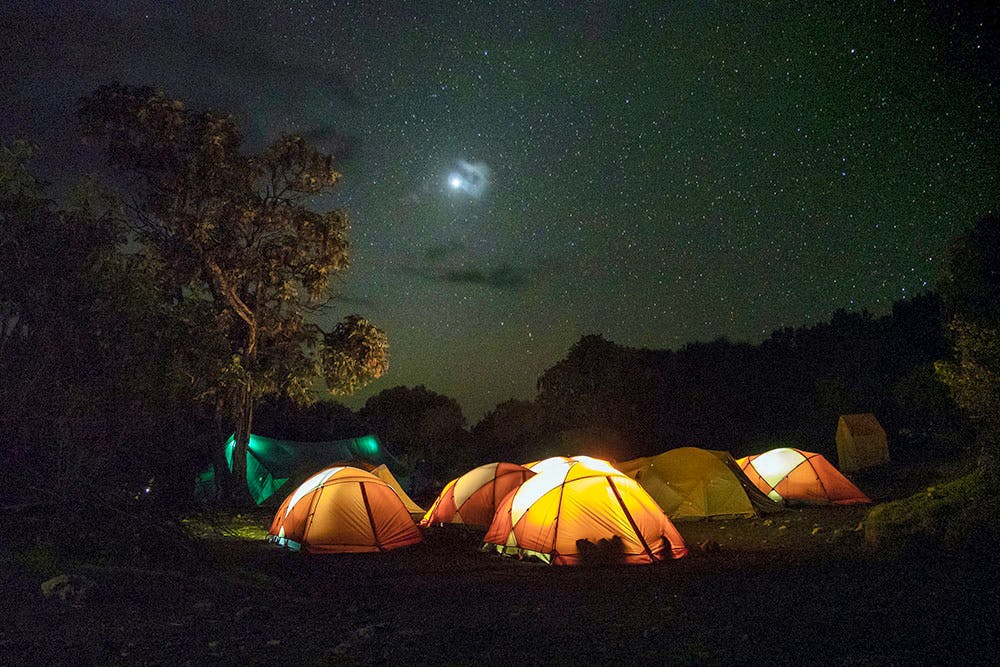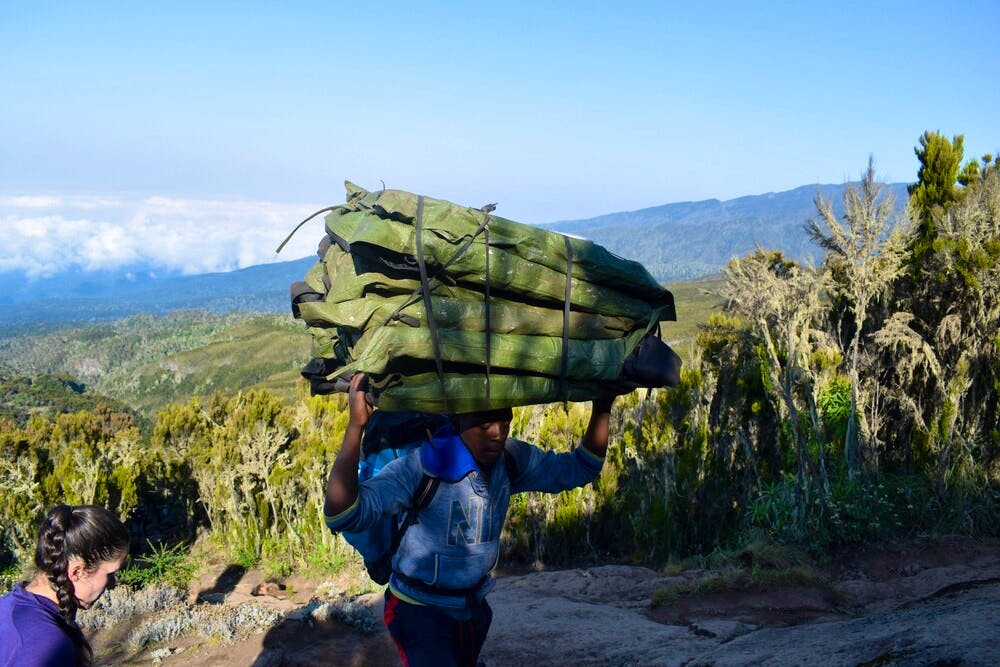Ultimate Kilimanjaro Packing List: What You Need To Conquer The Roof of Africa
Your Complete Kilimanjaro Packing List
Essential Documents
Passport: Your passport is your primary identification document. Ensure it's valid for at least six months from your date of entry into Tanzania. Also, be sure to get the correct visas.
Travel insurance details: Accidents can happen, and high-altitude trekking carries risks. Ensure you have Kilimanjaro travel insurance that covers medical expenses, evacuation, and repatriation.
Boarding passes for flights: Keep both digital and physical copies of your boarding passes for all connecting flights to and from Tanzania.
Driver's license (if needed): If you plan to rent a vehicle before or after your climb, a valid driver's license is necessary.
Cash and cards: While cards are accepted in some places, having cash on hand is advisable for smaller expenses and places that don't accept cards.

Clothing: What to Wear From Head to Toe
1. Headwear
A wool hat: It is essential for keeping your head warm, especially during the night for the low temperature at the top of Kilimanjaro.
2. Eyewear
Sunglasses: High-quality sunglasses with UV protection are a must to protect your eyes from the harsh sun.
3. Upper Body
Base-layer t-shirts: Opt for moisture-wicking fabric to keep you dry. You'll need at least two for the climb.
Fleece/soft-shell jacket: Provides the necessary insulation and can be layered under a waterproof jacket.
Waterproof jacket: A waterproof, breathable jacket is crucial for protection against rain and wind.

4. Lower Body
Base-layer trousers: These are optional but can add an extra layer of warmth under your trekking trousers.
Waterproof trousers: Necessary for rainy conditions; they should be breathable and easy to put on over other layers.
Trekking trousers: Choose trousers that are both comfortable and functional, with pockets and the ability to wick moisture away.
Trekking shorts (optional): Good for the lower, warmer sections of the mountain but not essential.
5. Footwear
Trekking boots: Your boots should be all-season, lightweight, and most importantly, broken in.
Mountaineering socks: Opt for thick wool socks for warmth and cushioning.
Breathable trekking socks: These are for the lower, warmer parts of the mountain.

Travel Essentials
Travel clothes and casual wear: Pack comfortable clothes for your time in Moshi Kilimanjaro before and after your climb. These should be lightweight and easy to pack.
Underwear: It might seem obvious, but packing enough underwear for the duration of your trip, plus a few extra pairs, is essential. Opt for moisture-wicking fabric for added comfort during the hike.
Sleeping Gear

Sleeping bag liner (optional): While many people rely solely on the sleeping bags provided by tour operators, a liner adds an extra layer of warmth and hygiene.
Good to know: Our local tour operators provide -29°C Extreme Limit sleeping bags and mats included in the tour package price.
Bags and Storage
Small daypack: A daypack with a 35-litre capacity is generally sufficient for carrying essentials like water, snacks, and a first-aid kit during your daily treks.
Duffel or rucksack: This will hold the bulk of your gear and should come with straps to go over your back. This bag will be carried by porters, so ensure it's durable.
Dry liner or dry bag: To keep your belongings dry in case of rain or river crossings, consider packing a dry liner or dry bag.

Hygiene and Health
General toiletries: Include travel-sized shampoo, soap, and toothpaste. It's best to keep these in a separate, leak-proof bag. Also, women want to bring enough sanitary products for the duration of the climb.
Hand sanitiser and wet wipes: These are essential for quick cleaning when water isn't as readily available, especially before meals.
Suncream: High-altitude sun exposure can be harsh; good suncream is essential for skin protection.
Lip balm: The dry mountain air can cause chapped lips, so a good lip balm is a must-have.
Technology and Gadgets
Head torch: A reliable head torch is crucial for early morning starts and nighttime activities. Ensure it has a good battery life.
Travel adaptor: Tanzania has specific plug types, so a universal travel adaptor will ensure you can charge your devices.
Phone and charger: Your phone serves multiple purposes: a camera, emergency contact, and even a GPS. Don't forget the charger, and consider a portable power bank.
Camera: If you're an avid photographer or just want to capture the views from Kilimanjaro in greater detail, a good camera is worth the extra weight. Don't forget extra batteries and memory cards.
Optional But Useful

Trekking poles: These can reduce the impact on your knees and assist with balance, especially during descents.
Books, music, and headphones: For the moments when you're not climbing, some light entertainment can help you relax and enjoy your downtime.
Altitude sickness medication: Consult your doctor about medications like Diamox, which can help prevent altitude sickness on Kilimanjaro.
Energy supplements: Electrolyte tablets or energy gels can provide a quick energy boost during strenuous sections of the climb.
Other Kilimanjaro Articles
Find your next adventure
Why Skyhook?
Join over 27,000 Skyhook adventurers who've used our platform to book directly with our vetted local guides, at local prices (we never markup).
Expert Local Guides
Experienced local guides, handpicked by us.
Best Prices
Never pay a markup on the local guide's price.
Exclusive Club
Earn loyalty rewards every time you travel.
Great Social Vibes
Small group tours provide a richer experience.
Stellar Feedback
Over 3,000 reviews, average of 4.9/5 stars.












